In today's ever-changing economic landscape, navigating the complexities of tax policy can feel daunting. Whether you're a business owner or an individual taxpayer, understanding the nuances of adaptive tax policies is crucial for making informed financial decisions. This article aims to break down these concepts in a straightforward and relatable way, helping you grasp the potential impacts on your finances. So, grab a cup of coffee and join us as we delve deeper into the world of adaptive tax policies!
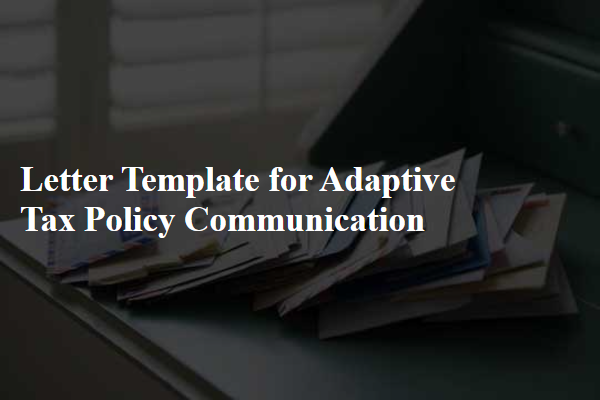
Clarity and Precision in Language
Adaptive tax policies require clarity and precision in language to ensure effective communication among stakeholders, including government officials, taxpayers, and financial consultants. Clear definitions of tax terms, such as "gross income," "deductions," and "tax credits," avoid confusion and enhance understanding. Precise language in policy documents facilitates accurate interpretation of the rules and regulations, thereby increasing compliance rates among the populace. For example, adjustments to the tax brackets should clearly state income thresholds and corresponding rates to prevent disparities in interpretation. Additionally, utilizing data visualization tools, like graphs and charts, can further clarify the impacts of tax changes on different income groups, fostering transparency and trust in the evolving tax system.
Audience Segmentation
In adaptive tax policy communication, audience segmentation plays a crucial role in effectively reaching diverse groups impacted by fiscal measures. Key segments include low-income families, small business owners, and high-net-worth individuals, each with distinct financial needs and concerns. Economic research shows that approximately 30% of households fall under low-income brackets, making tailored messages essential in addressing their specific challenges, such as eligibility for tax credits or deductions aimed at alleviating financial stress. Small business owners, accounting for 99.9% of U.S. businesses, require clear information on potential tax benefits and obligations to navigate compliance efficiently. High-net-worth individuals, constituting the top 1% of earners, may seek insights on new capital gains taxes and estate planning strategies to optimize their financial portfolio. Understanding these segments enables targeted communication strategies that enhance comprehension and engagement with adaptive tax policies.
Emphasis on Benefits and Compliance
Adaptive tax policies provide significant advantages for both individuals and businesses, encouraging investment and growth in emerging markets. By implementing measures such as tax credits, deductions, and lower rates for specific sectors, governments can stimulate economic activity and enhance compliance with regulations. For instance, small enterprises in urban areas may qualify for beneficial tax treatment, fostering innovation and job creation. Additionally, compliance becomes more straightforward through simplified reporting processes and digital platforms, minimizing administrative burdens. Overall, adaptive tax policies can enhance revenue generation while promoting a collaborative environment between taxpayers and tax authorities.
Consistent Tone and Message
Adaptive tax policy communication aims to convey a clear and consistent message regarding fiscal strategies and regulations. The objective is to inform stakeholders, including taxpayers and businesses, about changes in tax laws that may influence financial decisions. For instance, tax reform updates can significantly impact corporations successfully navigating the complexities of tax compliance. Ongoing workshops hosted in major cities, such as New York and Chicago, can clarify these changes and engage the public. Targeted social media campaigns, outlining key benefits and responsibilities, foster community understanding of tax obligations. Additionally, informative newsletters featuring case studies and expert insights can establish trust and transparency, ensuring the tone remains approachable and educational. Regular feedback mechanisms can also be implemented to address concerns and adapt the message, reinforcing the importance of stakeholder involvement in tax policy discussions.
Multichannel Distribution Strategies
Adaptive tax policy communication leverages multichannel distribution strategies to ensure effective dissemination of crucial information regarding taxation changes or updates. Utilizing platforms like social media (Facebook, Twitter, Instagram) creates real-time engagement with taxpayers, fostering understanding of policies that may affect financial obligations. Email newsletters facilitate direct communication, allowing detailed explanations of tax implications. Additionally, targeted webinars offer live discussions, providing taxpayers with a platform for clarifying questions. Government websites serve as a primary resource, housing documents, guidelines, and interactive tax calculators. Community outreach events in cities such as New York or Chicago also showcase efforts to educate taxpayers personally, ensuring widespread adaptability to evolving tax regulations.

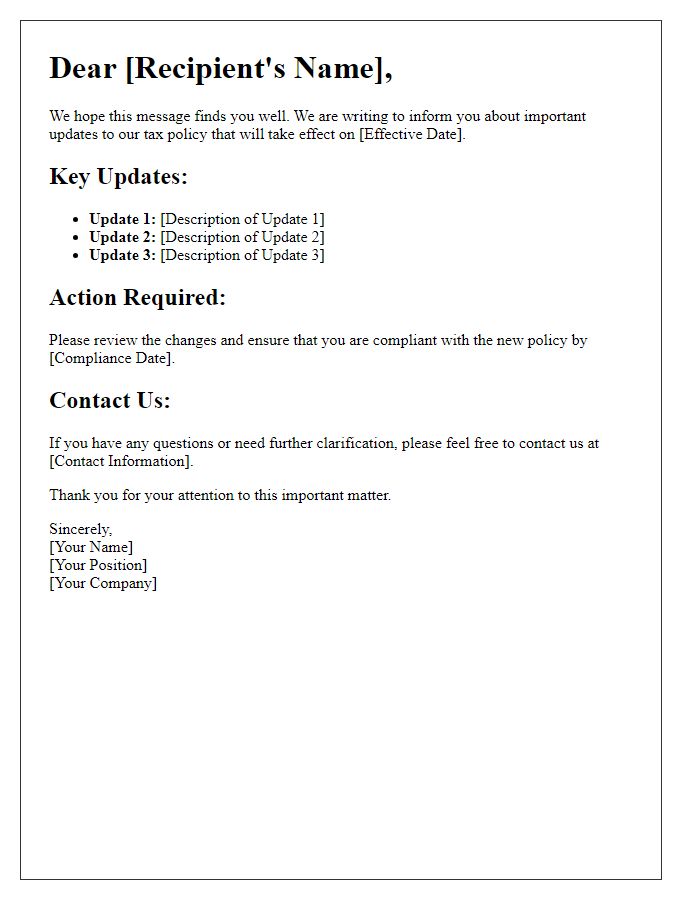
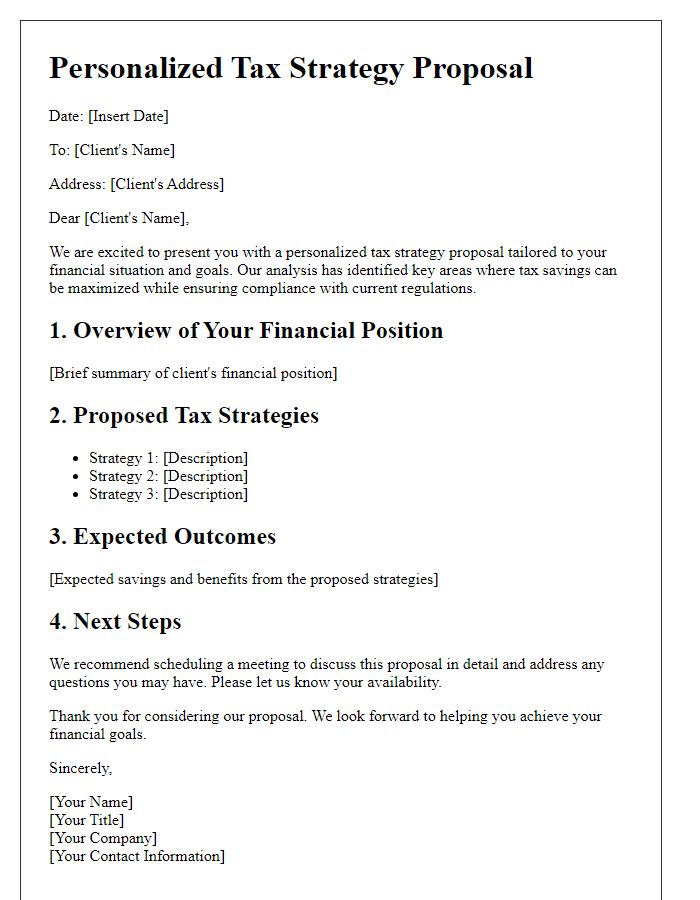
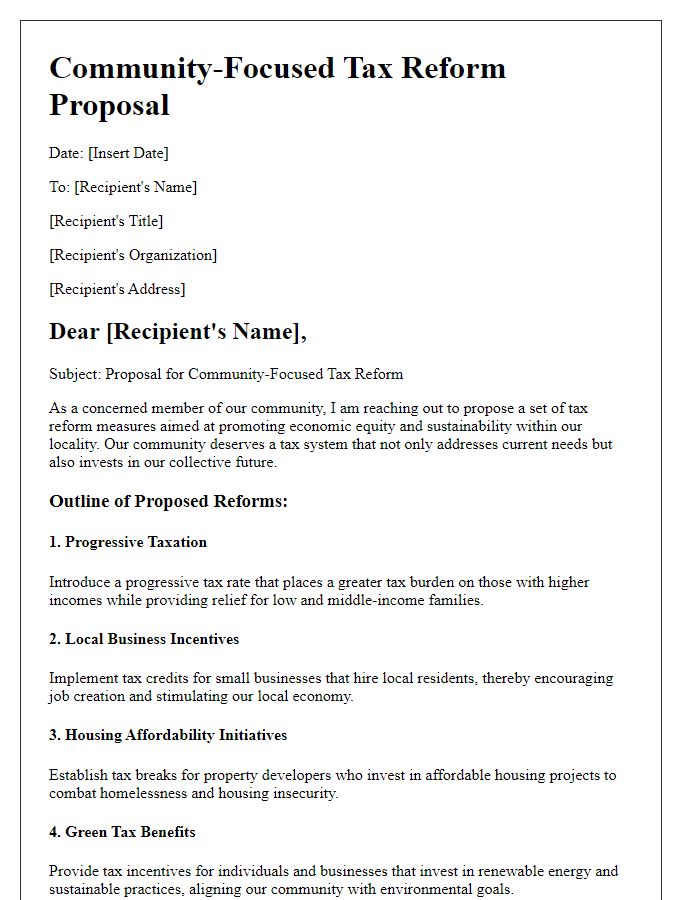
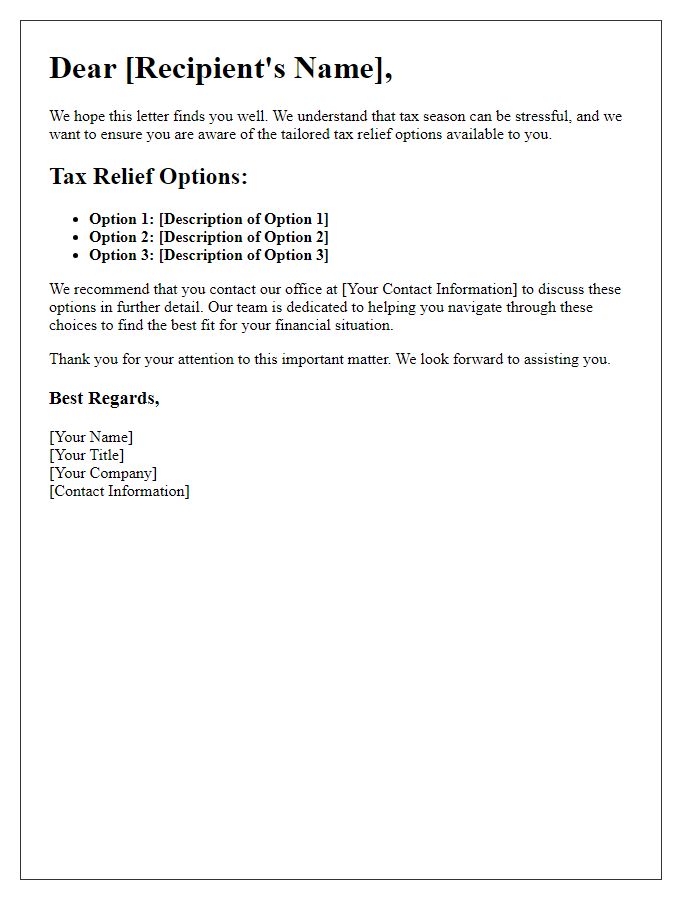
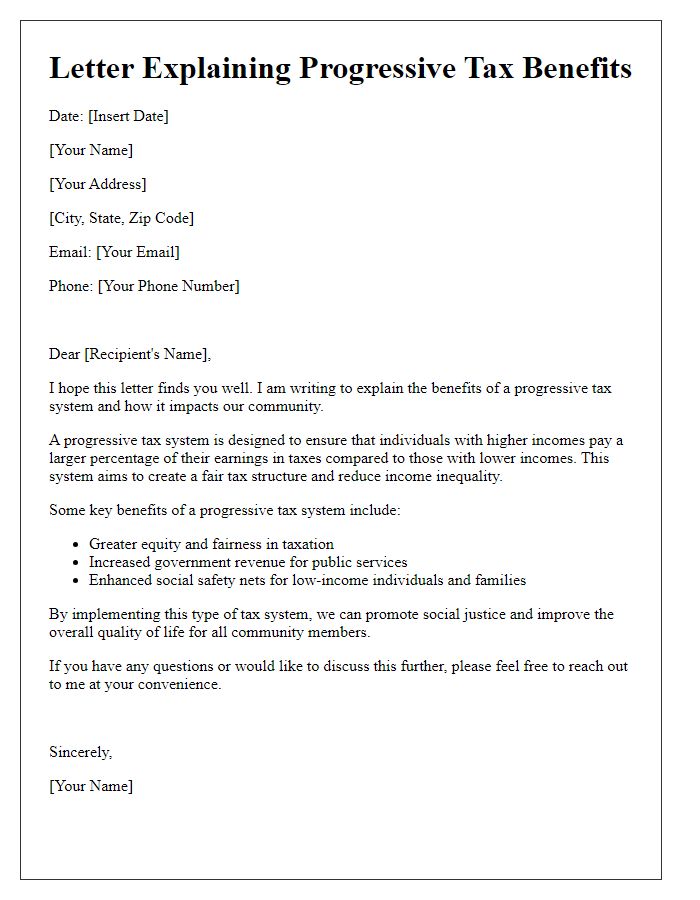
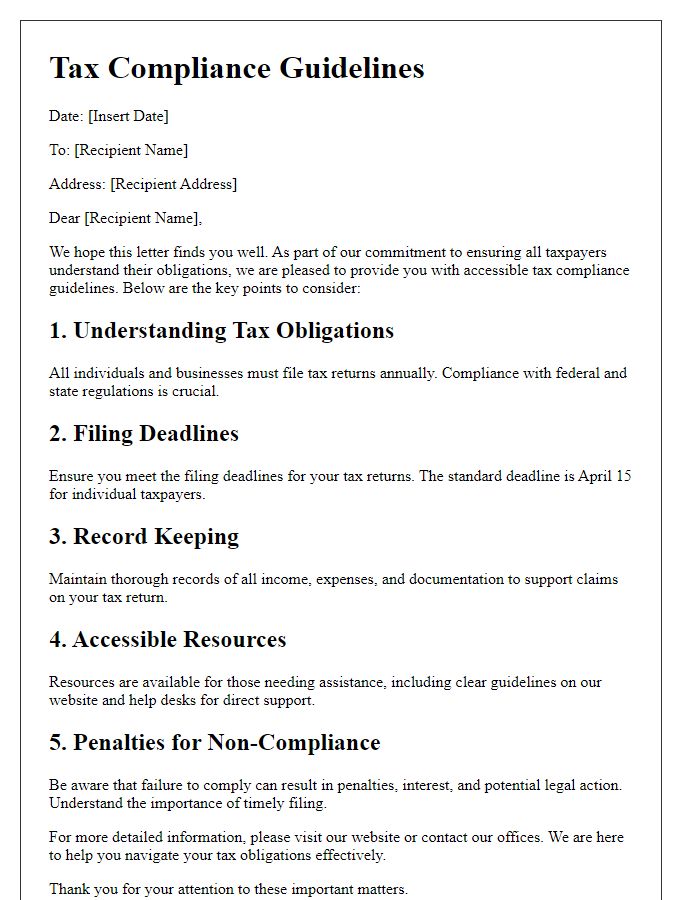
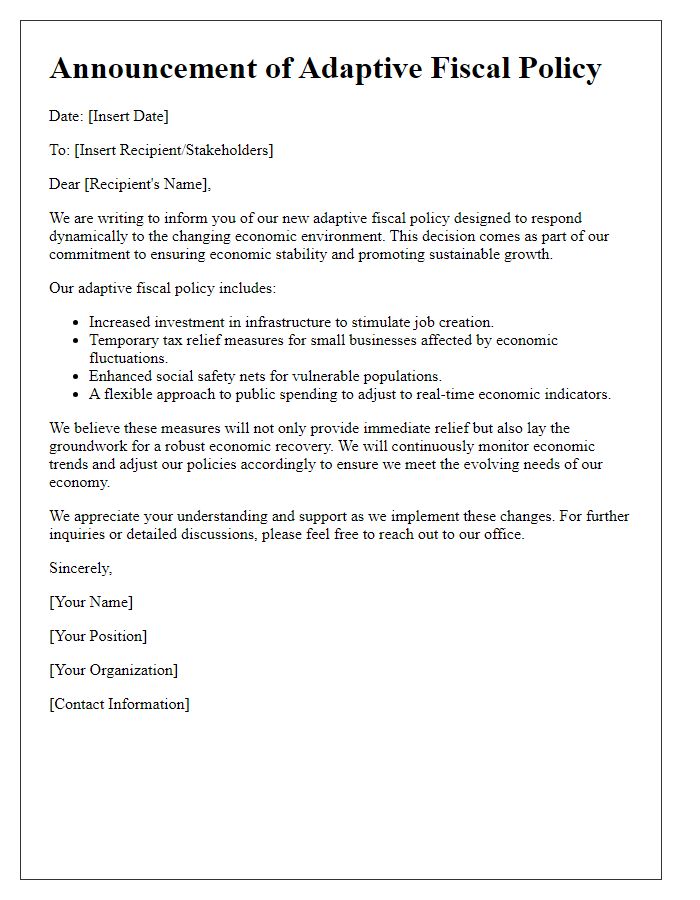
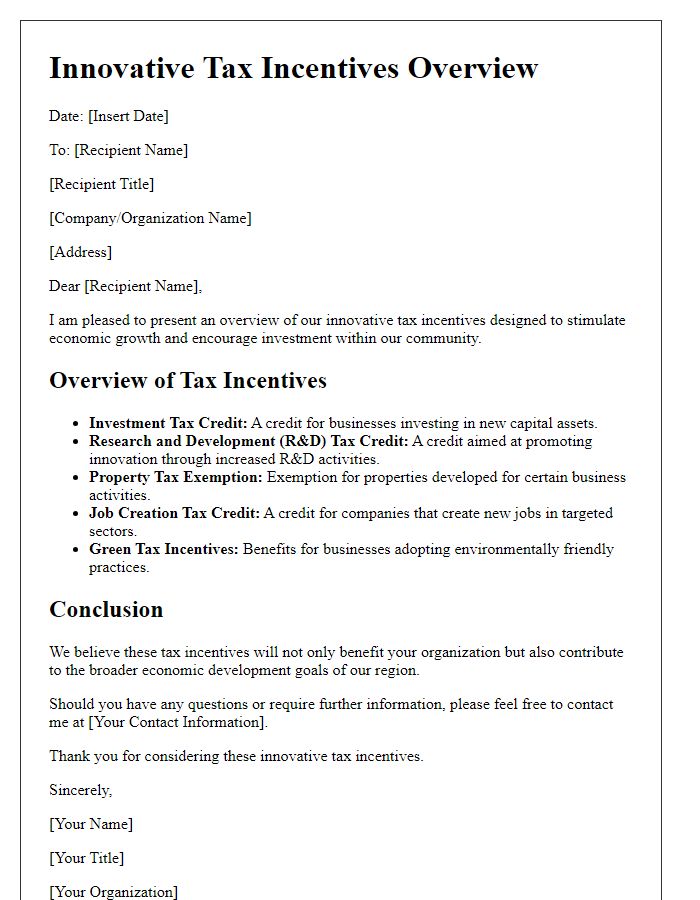
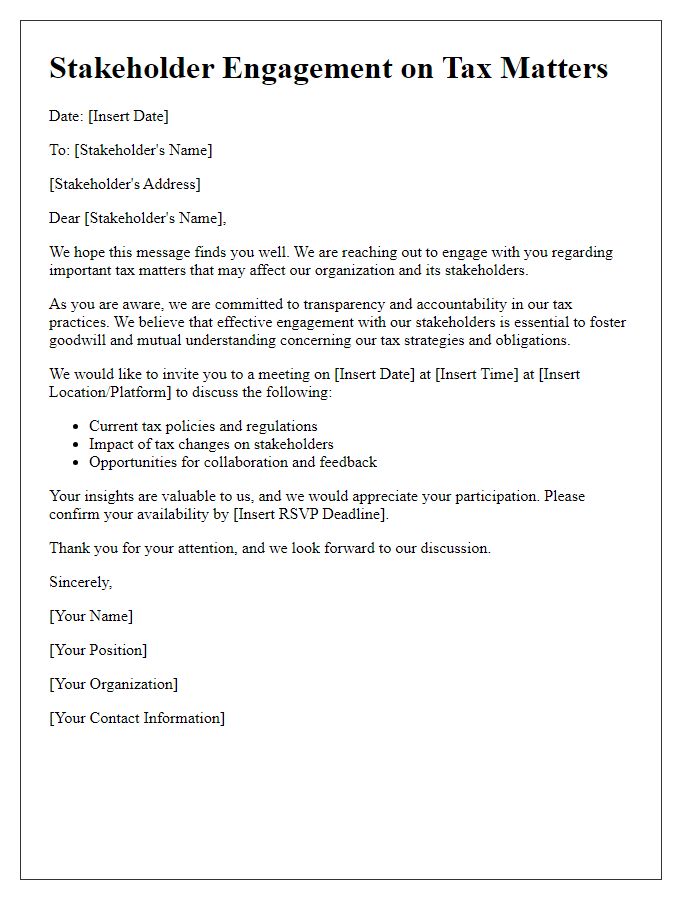
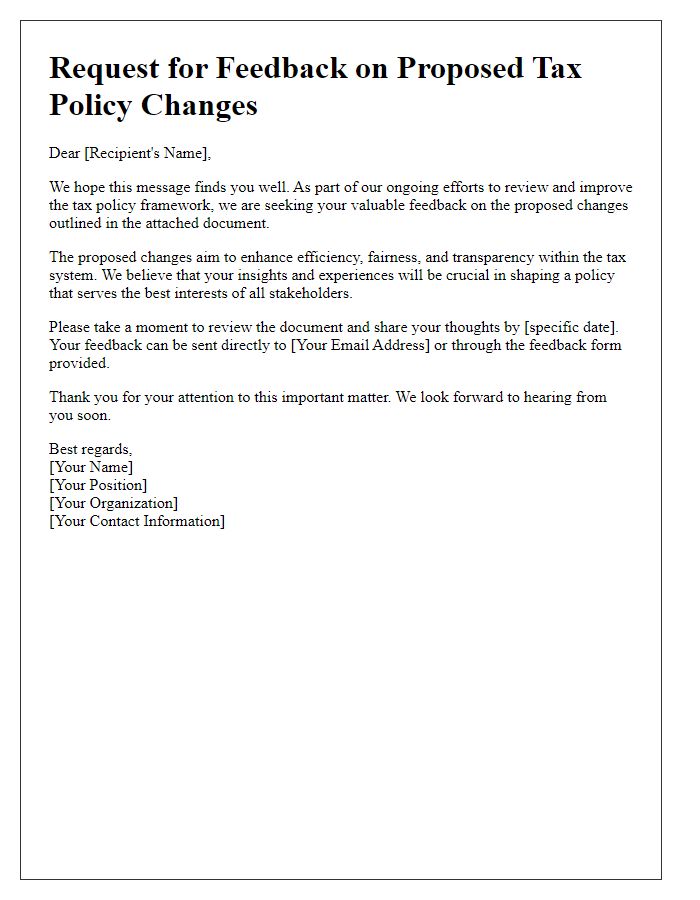

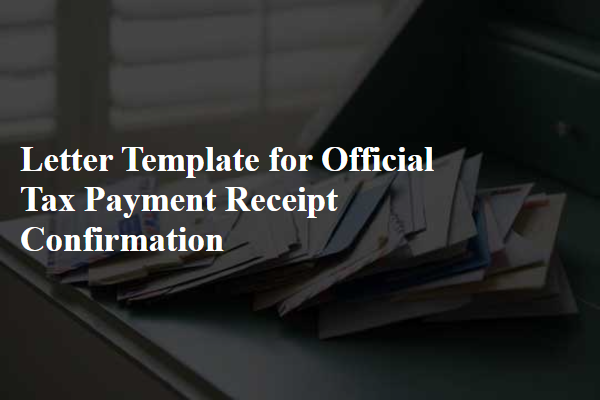
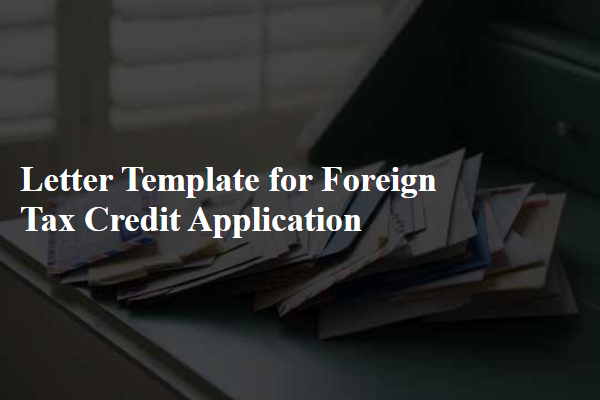
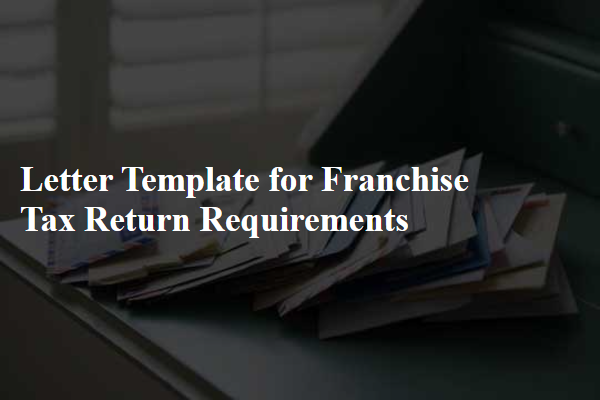
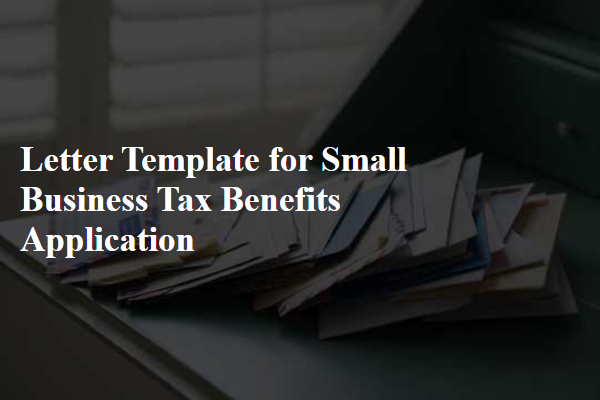
Comments